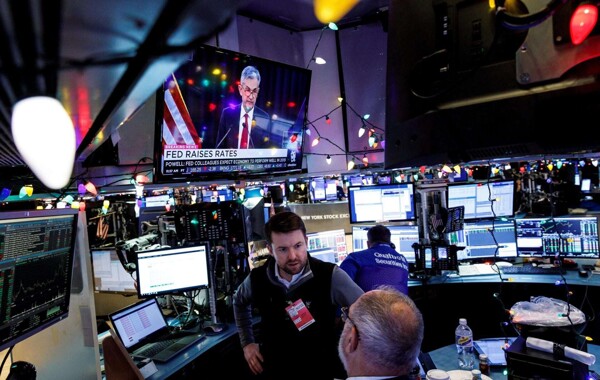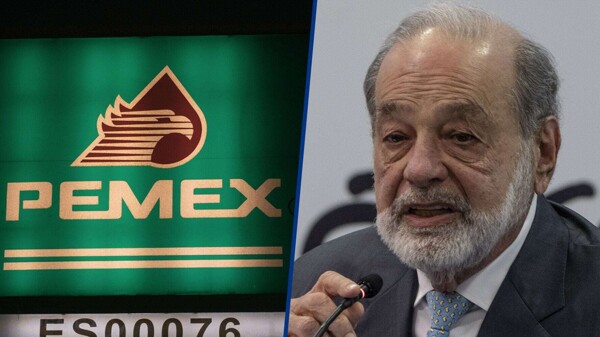
The current economic scenario is characterized by uncertainty and volatility in financial markets, which has led to a series of adjustments by analysts and economists. Despite the gradual slowdown of the U.S. economy, the potential imposition of tariffs and the threat of other protectionist measures have created an atmosphere of distrust among businesspeople and consumers.
Some economists have begun to revise their growth forecasts for this year and the next downward, suggesting that the risks for the Mexican economy lean toward slower growth. Although historically, the U.S. Federal Reserve has lowered interest rates during times of economic weakness or recession, this time the situation seems more complex.
The economic policies implemented by U.S. President Donald Trump have generated uncertainty in the markets and have affected the confidence of economic agents. The possible imposition of tariffs and other external factors have contributed to the volatility observed recently, with significant declines in global financial markets.
In light of this scenario, analysts foresee possible interest rate cuts by the Fed in the coming months. Despite the uncertainty and volatility, some experts maintain hope for underestimated growth in Mexico, although factors such as Trump's tariffs continue to generate concern.
In this context of changes and adjustments in economic projections, it is important to highlight the necessity of maintaining a prudent and analytical approach. Although financial markets may send diverse signals, it is essential to assess the economic landscape as a whole and consider possible future scenarios. The relationship between the United States and Mexico, as well as other external factors, will remain determinants in the evolution of the economy in the coming months.














